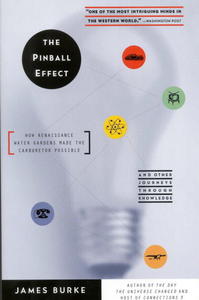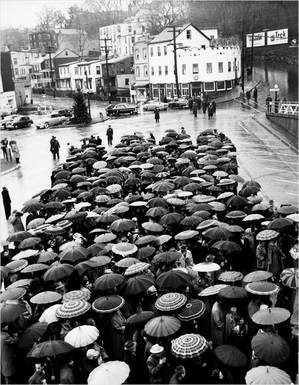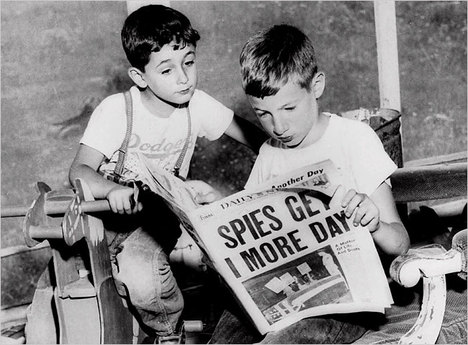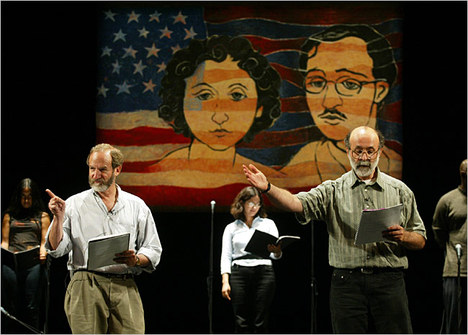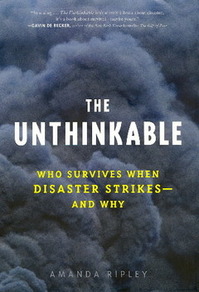Source of book image: http://www.hachettebookgroup.com/_images/ISBNCovers/Covers_Enlarged/9780316116107_388X586.jpg
Like other James Burke books, The Pinball Effect is a good source of interesting and thought-provoking stories and examples, usually related to science and technology. One of his themes in the book is the importance of serendipity in making unanticipated connections.
My (and not Burkes’) musings on serendipity:
Serendipity might be an example of Hayek’s local knowledge, that the free market encourages the entrepreneur to take advantage of. Serendipity is an occurrence of one person in a particular time and place, with a mind prepared to be alert for it. As such it could not be planned by a central authority, and would usually be vetoed by a committee decision process. To maximally benefit from serendipity, we need a system that allows the motivated individual to pursue their discoveries.
Burke’s musings on serendipity:
(p. 3) In every case, the journeys presented here follow unexpected paths, because that’s how life happens. We strike out on a course only to find it altered by the action of another person, somewhere else in time and space. As a result, the world in which we live today is the end-product of millions of these kinds of serendipitous interactions, happening over thousands of years.
Source:
Burke, James. The Pinball Effect: How Renaissance Water Gardens Made the Carburetor Possible – and Other Journeys. Boston: Back Bay Books, 1997.

